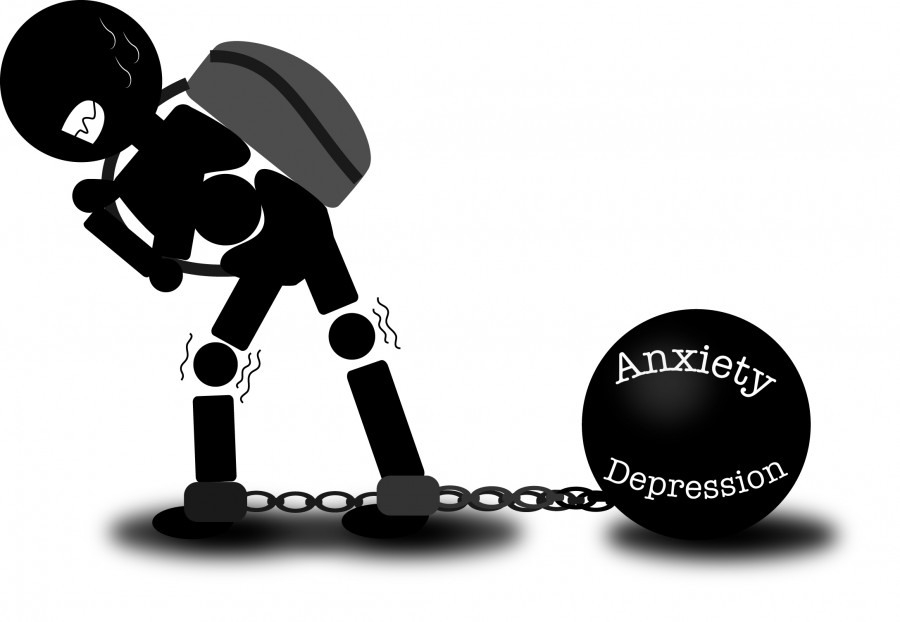Recognizing, tackling mental health
Graphic by Ashlee Fields
February 2, 2015
There is a mental health crisis among UA students and students attending universities across the US.
UA’s newsletter for faculty and staff, The Digest, recently ran a story promoting the discussion and awareness of mental health on campus.
“The more aware and educated we all become related to the facts about mental health, the more likely we are to decrease the stigma that is sometimes associated with mental health concerns and treatment,” said Candace Jackson, vice president for student success.
According to the story, mental issues hinder the academic success of many students—30 percent of whom suffer from depression and 50 percent from anxiety. Furthermore, 64 percent of college dropouts do so for mental health reasons.
There are numerous causes of mental disorders, from heredity to relationships to academic and employment obligations. College students are also faced with decisions that will have lasting consequences.
So the topic of mental health on college campuses is not new; however, the unprecedented growth of the issue among students is. Other news outlets and research firms justify UA administration’s concerns.
Depression and anxiety are the most common mental disorders treated on college campuses, according to the American Psychological Association. The second leading cause of death among students is suicide—usually because of these two disorders.
Even the U.S. government took notice when they passed the Garrett Lee Smith Memorial Act in 2004, which created three new programs to help students rectify mental disorders. But mental health remains an issue because of the personal inclination required to get help—an inclination enshrouded by stigma, as previously mentioned.
“Students may feel that they can take care of problems by themselves,” said Juanita Martin, executive director of UA’s Counseling and Testing Center. “Some students may believe that seeking mental health services means that they are ‘weak’ or ‘crazy’ but this is not true.”
Martin encourages UA students to be proactive with mental health. This includes going to support groups, workshops or therapy, and maintaining exercise and good nutrition.
“We encourage our students to use [UA’s] services early in the process before they feel so badly that it is difficult to function,” Martin said.
Martin added that the recent push to increase awareness does not imply that not enough students are getting help. Rather, it is to encourage more students to get help—students who may not know of what UA offers but could benefit from it.
Free and confidential services are offered through the Counseling and Testing Center in Simmons Hall 306. Student Health Services in SWRC 260 helps students with their overall health concerns. And the Help-A-Zip online alert system lets UA students, faculty and staff notify campus professionals of someone that may need support. These are the services that are always available to students, but UA offers one-time events to promote mental health as well.
Take Care Week from Feb. 23 to Feb. 27 will focus on holistic care of a student’s health. This week includes such activities as relaxing piano performances in the Student Union, cardiovascular boot camps and other events where students can make stress balls and write letters to children in Akron Children’s Hospital.
“National research shows us that students who use counseling services when distressed end up doing better in school than those who don’t use them,” Martin said.
Through all its services on campus and its attempts to reduce the stigma around mental health, UA is creating an environment where students always get the help they need.












